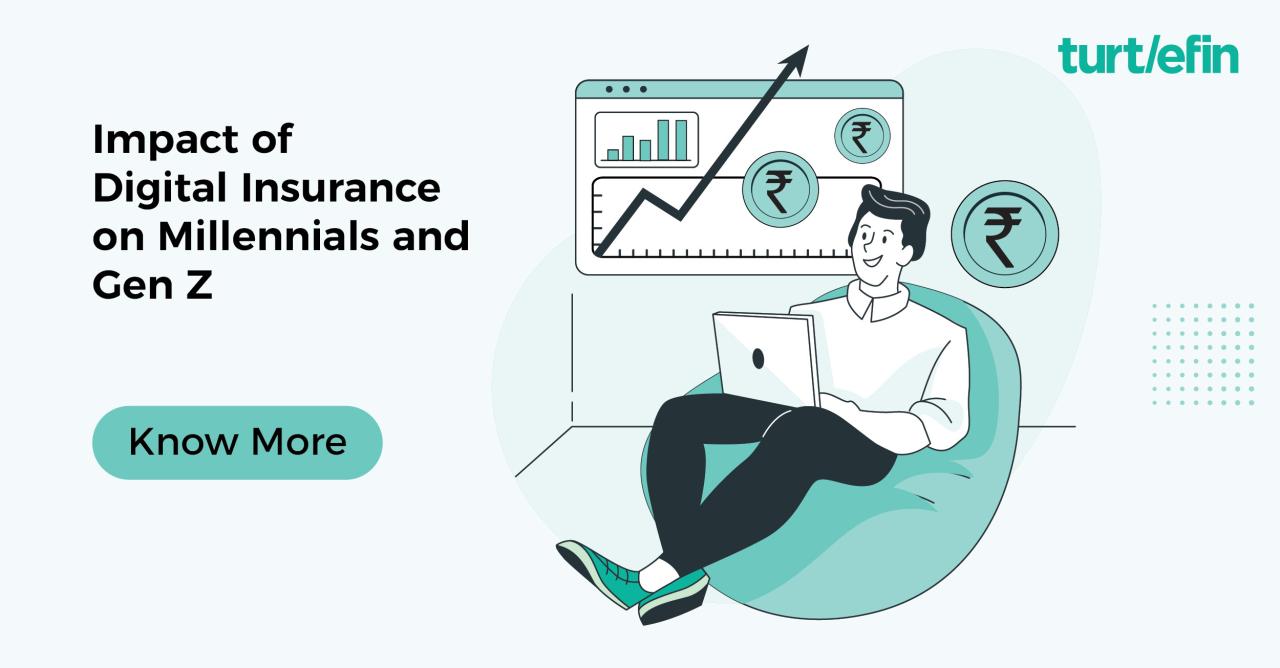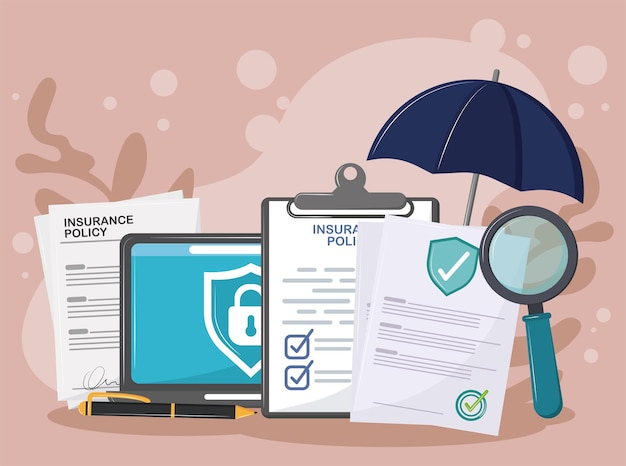Disability insurance is a type of coverage that provides financial protection to individuals who become unable to work due to a disability. Whether caused by illness, injury, or a chronic medical condition, a disability can significantly impact a person’s ability to earn an income. Disability insurance helps mitigate this risk by replacing a portion of lost wages, allowing individuals to maintain financial stability during challenging times.
Types of Disability Insurance
There are two main types of disability insurance: short-term and long-term disability insurance.
1. Short-Term Disability Insurance (STD)
Short-term disability insurance provides coverage for a limited period, usually between three to six months. This type of insurance is designed to cover temporary disabilities such as surgery recovery, maternity leave, or minor injuries that prevent an individual from working for a short duration.
2. Long-Term Disability Insurance (LTD)
Long-term disability insurance is intended for severe disabilities that last for an extended period, often years or even a lifetime. This coverage typically begins after short-term disability benefits have been exhausted and can provide financial support for several years or until the individual reaches retirement age, depending on the policy terms.
Why Is Disability Insurance Important?
1. Income Protection
One of the primary reasons for having disability insurance is income replacement. If an individual becomes unable to work due to a disability, their ability to earn a living is compromised. Disability insurance ensures that they continue to receive a portion of their salary, helping them cover essential expenses such as rent or mortgage payments, utility bills, and groceries.
2. Medical Expenses and Rehabilitation Costs
A disability can lead to additional medical expenses, including hospital stays, medication, physical therapy, and rehabilitation services. Disability insurance helps cover these costs, reducing the financial burden on the insured individual and their family.
3. Protection Against Unforeseen Circumstances
No one expects to become disabled, but accidents and illnesses can happen at any time. According to statistics, a significant percentage of individuals will experience a disability before reaching retirement age. Disability insurance acts as a safety net, providing peace of mind in case the unexpected occurs.
4. Maintaining Financial Stability
Without a steady income, individuals may struggle to meet their financial obligations. Disability insurance helps maintain financial stability, preventing debt accumulation and ensuring that individuals can continue meeting their financial responsibilities without resorting to extreme measures, such as liquidating assets or borrowing money.
5. Employer-Sponsored vs. Private Disability Insurance
Some employers offer disability insurance as part of their employee benefits package. While this is a valuable perk, employer-sponsored plans may have limitations, such as covering only a portion of the salary or having a limited benefit duration. Individuals can supplement their coverage with private disability insurance to ensure adequate financial protection tailored to their needs.
How to Choose the Right Disability Insurance
When selecting a disability insurance policy, consider the following factors:
1. Coverage Amount
Determine how much coverage you need based on your monthly expenses and financial obligations. Most disability insurance policies replace 50% to 70% of your income.
2. Benefit Period
The benefit period determines how long you will receive payments if you become disabled. Choose a policy that provides coverage for an adequate duration, whether it be a few years or until retirement.
3. Elimination Period
The elimination period is the waiting time before benefits begin. Short-term disability insurance typically has a shorter elimination period, while long-term policies may require a waiting period of 90 days or more.
4. Policy Exclusions and Limitations
Read the policy carefully to understand what is covered and any exclusions or limitations that may apply.
5. Cost of Premiums
Premiums vary based on factors such as age, occupation, health status, and coverage amount. Consider the cost and ensure that the policy aligns with your budget while providing sufficient protection.
Conclusion
Disability insurance is an essential financial safety net that provides income protection and financial stability in the event of a disability. Whether through employer-sponsored coverage or a private policy, securing disability insurance is a proactive step toward safeguarding one’s financial future. By understanding the types of coverage available and selecting a policy that meets individual needs, individuals can ensure they are prepared for unexpected circumstances that may impact their ability to work and earn a living.





